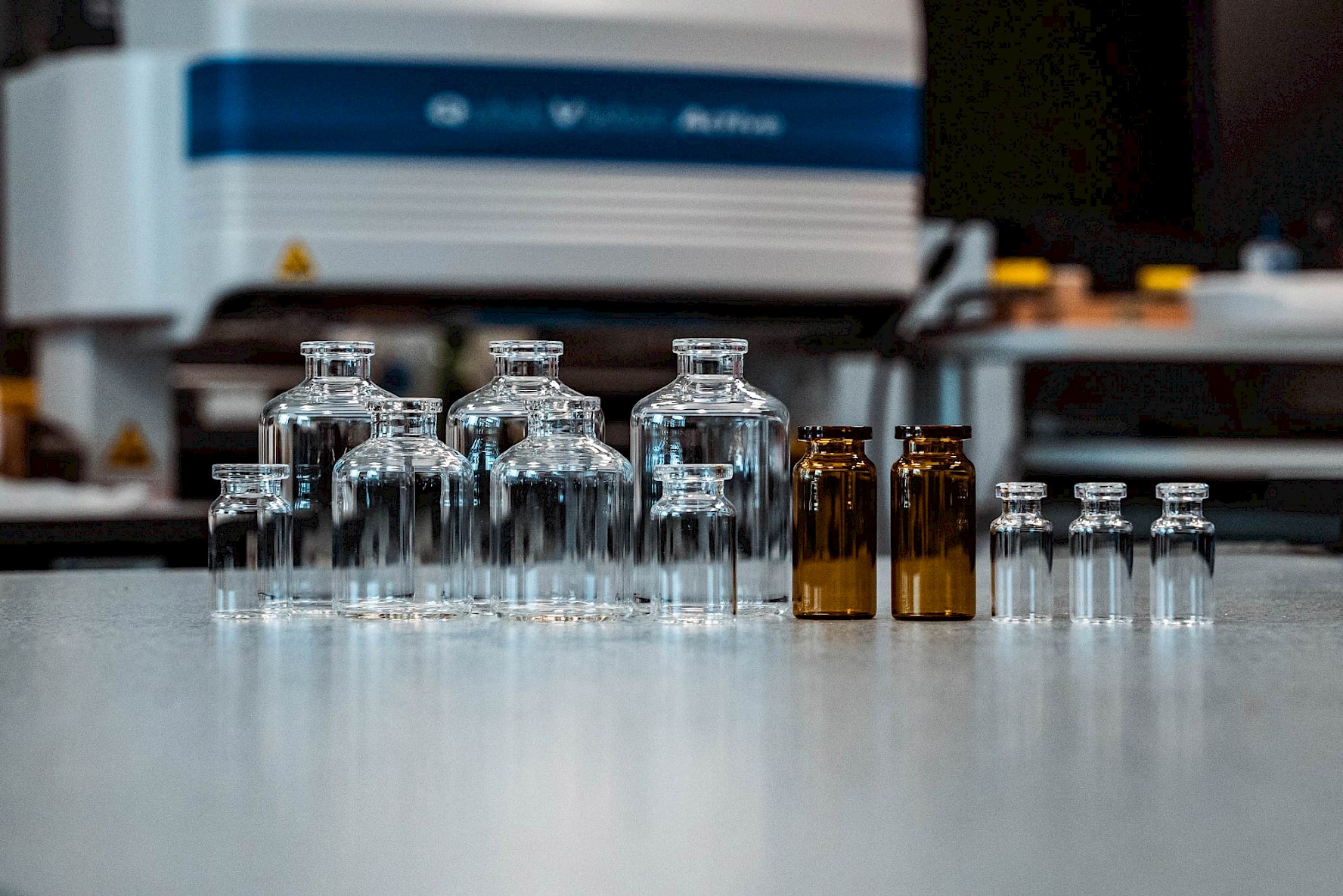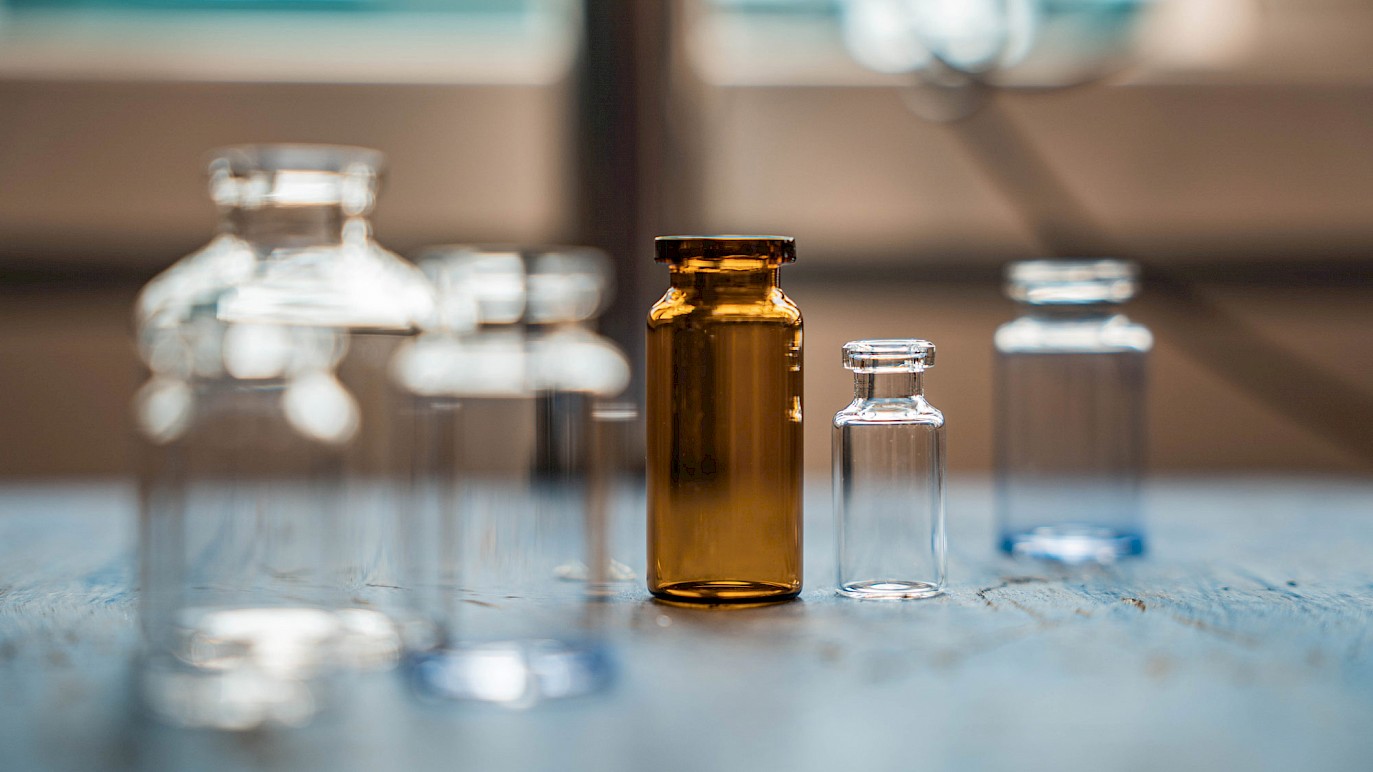We provide this analysis for pharmaceutical companies to determine the amount of elemental migration and elemental impurities in drug products.
The test method involves an accelerated test procedure to encourage leaching of specified elements from the glass inner surface. These elements are defined by the ICH Q3D as elements to be quantified with defined limits within the document itself.
To address issues surrounding extractables, the ICH (international council for harmoniation of technical requirements for pharmaceutical for human use) produced guidance to limit metal impurities in drug products and ingredients. The ICH Q3D elemental impurities testing guideline was developed to include a list of specific metals to be limited and appropriate limits for these metals.
There are different ways elemental impurities can end up in the drug product:
- Manufacturing Equipment
- Drug Substance
- Water
- Excipients
- Container Closure System
There are four categories of elemental impurities:
- A) Residuals resulting from elements intentionally added
- B) Not intentionally added but potentially present
- C) Potentially introduced from manufacturing equipment
- D) Potentially leached from container closure system
In order to quantify the impurity levels, we use pharmacopoeia procedures such as surface testing to encourage leaching from the surface. This is then followed by analysis of the extract using techniques such as ICP-OES.
Extractable elements analysis leadership and expertise
We have over 40 years’ combined experience in performing chemical and pharmaceutical testing for world-leading brands in the glass and pharmaceutical industries. Our experts have published scientific papers in this area and are members of the TC2 and TC12 technical committees.


